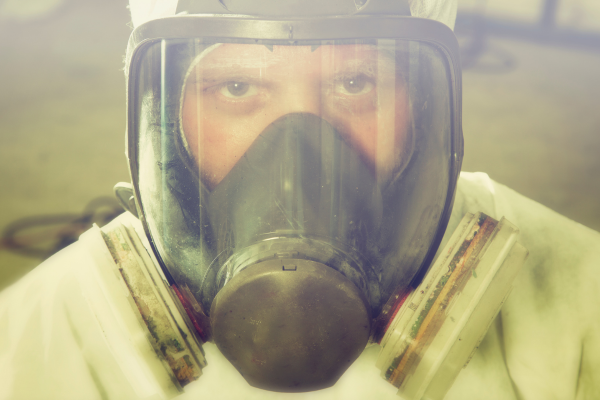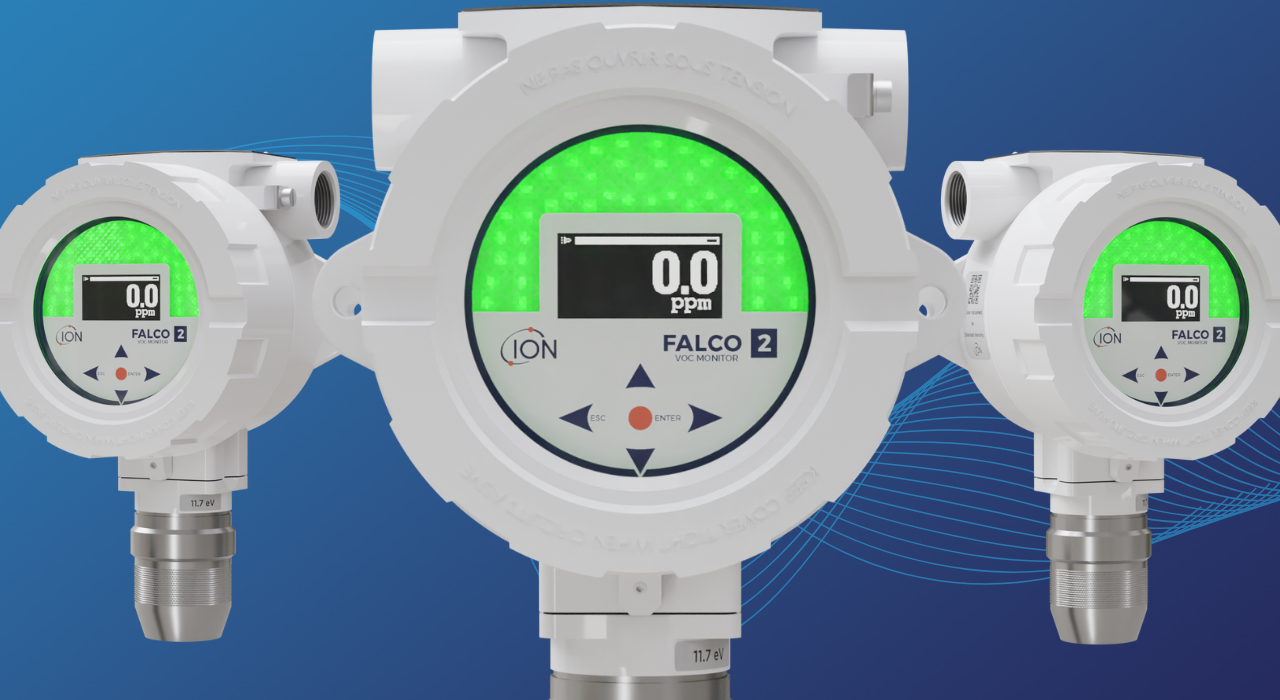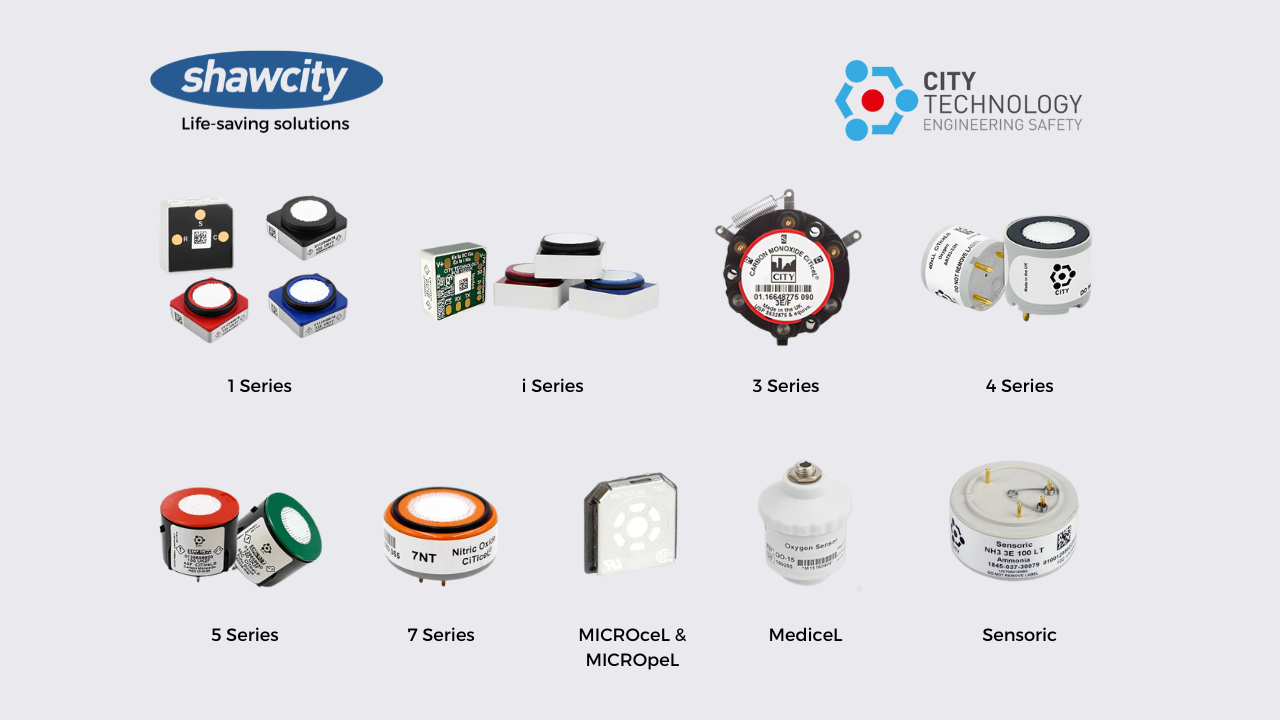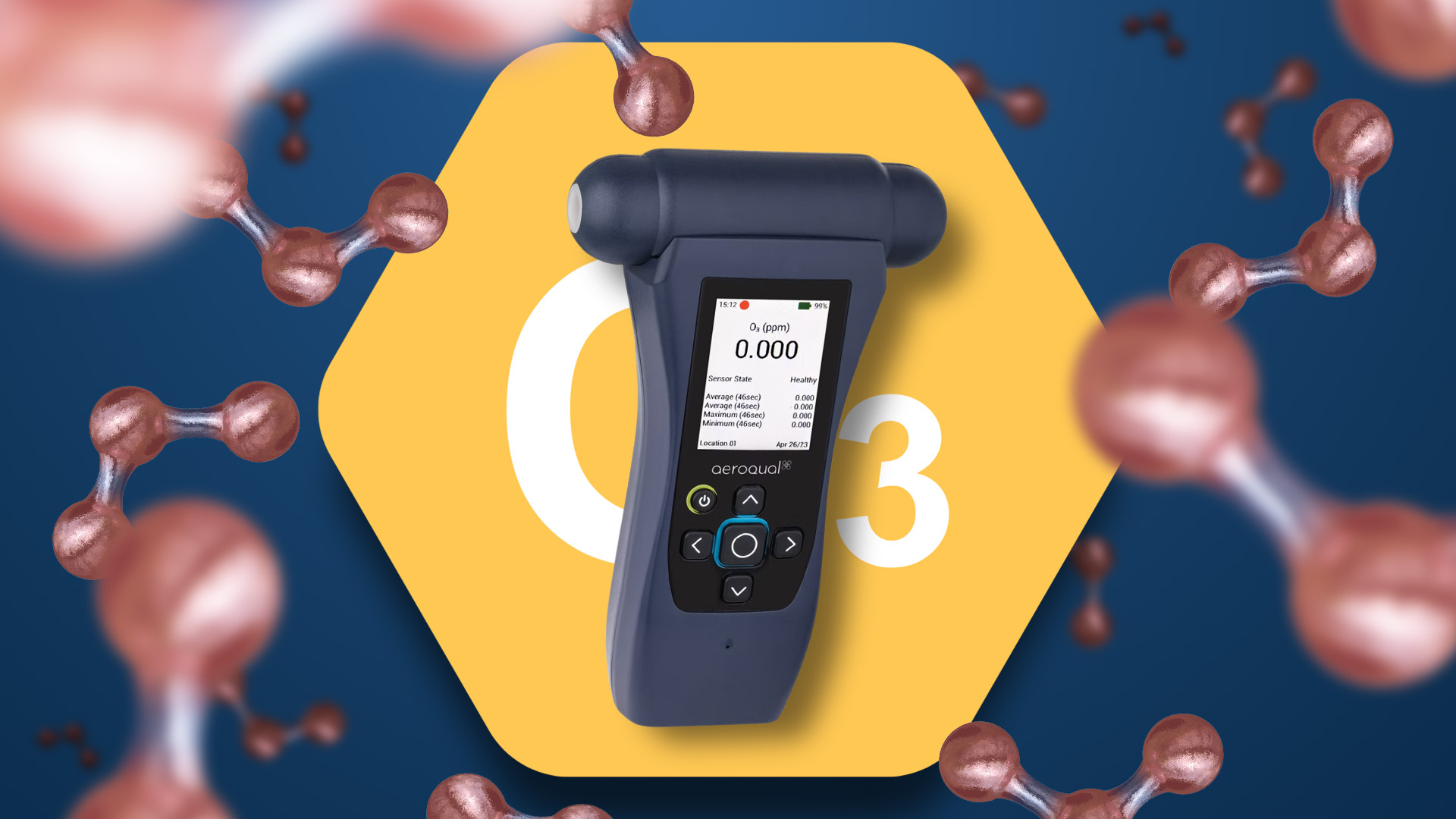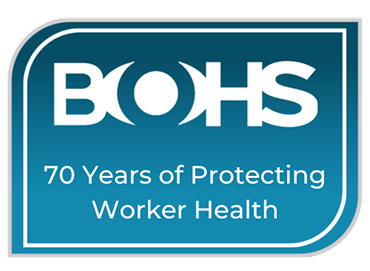1. What is fit testing, and why is it important?
Fit testing ensures that a tight-fitting respirator seals properly to the wearer’s face, providing maximum protection against hazardous substances. Without a proper fit, contaminants can bypass the mask, putting the wearer at risk.

2. Who needs to undergo fit testing?
Under UK regulations, including the Control of Substances Hazardous to Health (COSHH) Regulations, anyone required to wear tight-fitting respiratory protective equipment (RPE) in their workplace must undergo fit testing. This includes workers in industries like construction, healthcare, and manufacturing.

3. How often should fit testing be carried out?
Fit testing is required:
- Before first use of a respirator.
- If there are changes to the wearer’s facial structure, such as significant weight loss or dental work.
- When switching to a different make or model of RPE.
Annual checks are also recommended as part of good practice, even if no changes occur.

4. What types of RPE require fit testing?
Fit testing is essential for all tight-fitting respirators, including:
- Disposable masks (e.g., FFP2, FFP3).
- Reusable half masks.
- Full-face masks.
Loose-fitting devices, such as powered air-purifying respirators (PAPRs), do not require fit testing but must be used correctly.
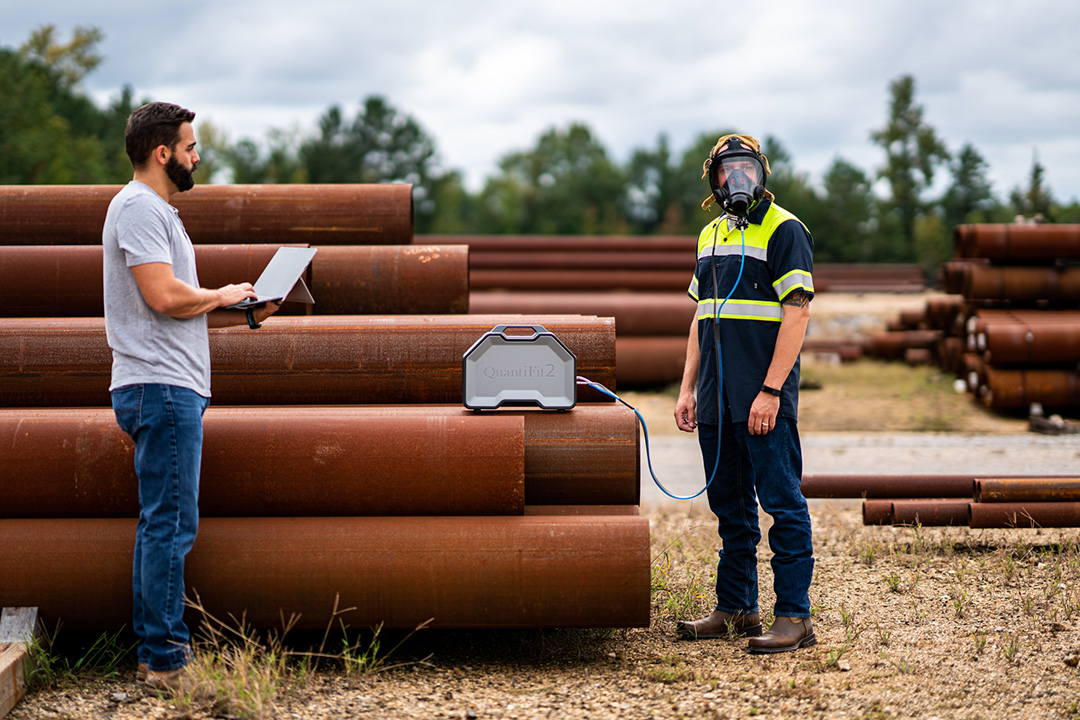
5. What methods are used for fit testing?
There are two main methods:
-
Qualitative fit testing:
A simple pass/fail test using substances like bitter or sweet aerosols to check for leaks. Suitable for disposable and half-mask respirators.
-
Quantitative fit testing:
Uses specialist equipment to measure leakage and provides numerical results. Ideal for all types of tight-fitting RPE, especially full-face masks.
.jpg?width=1280&height=720&name=engineered%20stone%20(2).jpg)
6. What are the consequences of not fit testing?
Failing to fit test can result in the following:
- Non-compliance with HSE regulations, leading to fines or legal action.
- Increased risk of workplace illnesses caused by exposure to harmful substances.
- Reduced effectiveness of RPE, compromising worker safety.
7. What does HSE guidance say about fit testing?
The Health and Safety Executive (HSE) emphasises that fit testing is a legal requirement under UK regulations. Employers must:
- Provide appropriate RPE that fits correctly.
- Ensure fit testing is carried out by a competent person.
- Maintain records of fit testing for each worker.

8. How can Shawcity help with fit testing?
At Shawcity, we offer advanced solutions like the Quantifit 2 and Aerofit, both highly portable easy-to-use quantitative fit testing devices, which provide accurate and efficient results. Our experts can guide you through the process, ensuring compliance with HSE standards and safeguarding your workforce.
9. Where can I find more information?
For detailed guidance, visit the HSE website or contact Shawcity for expert advice on fit testing and RPE solutions.
